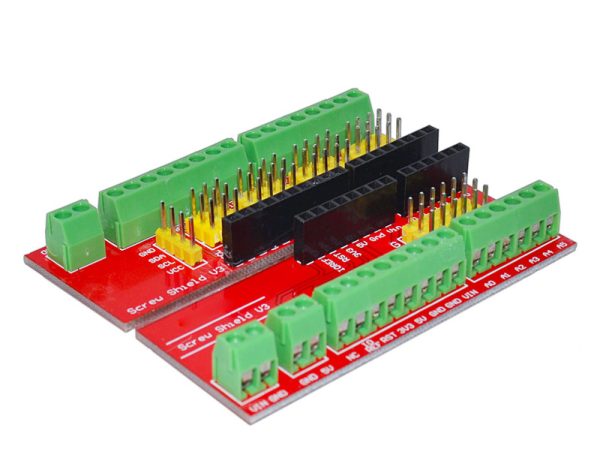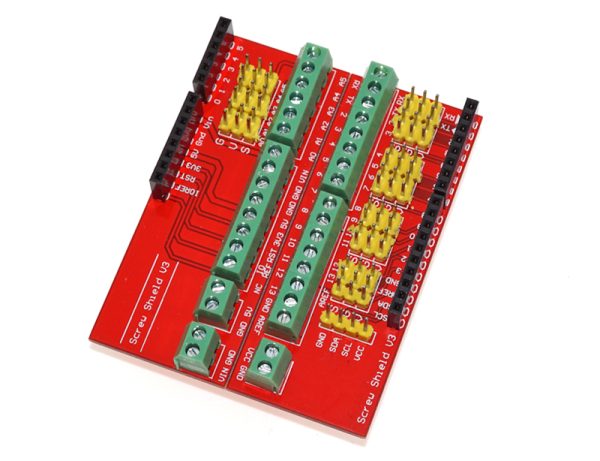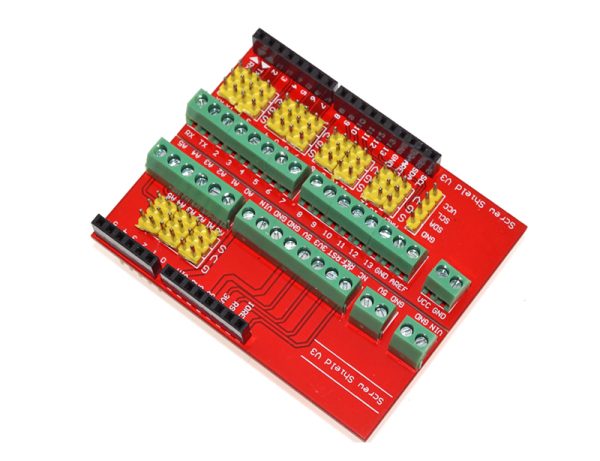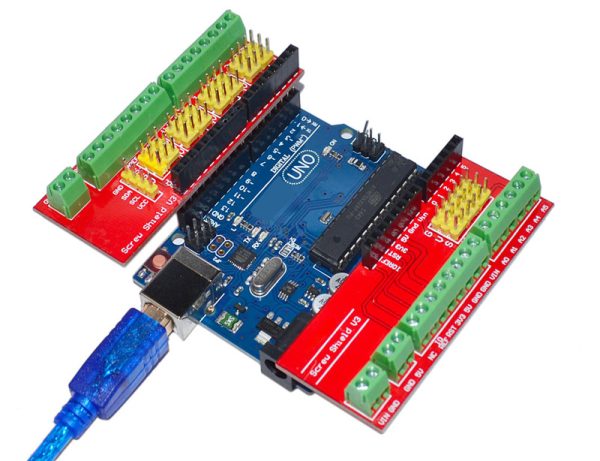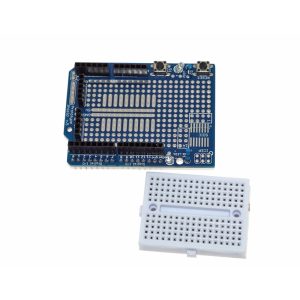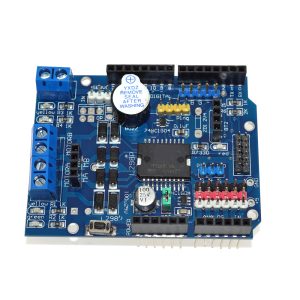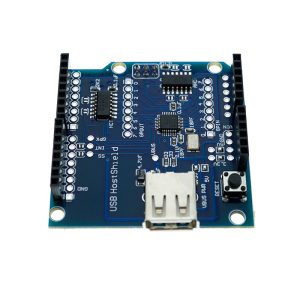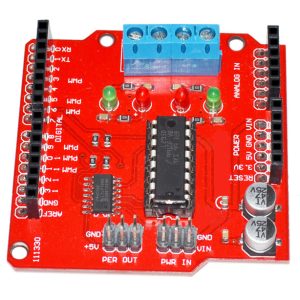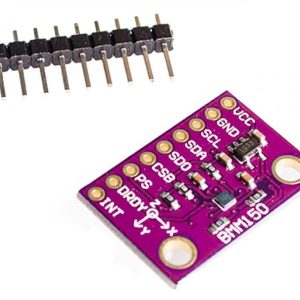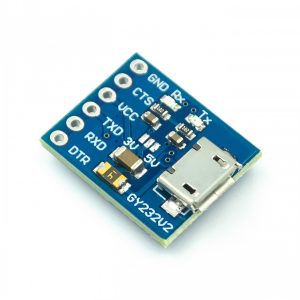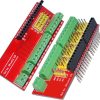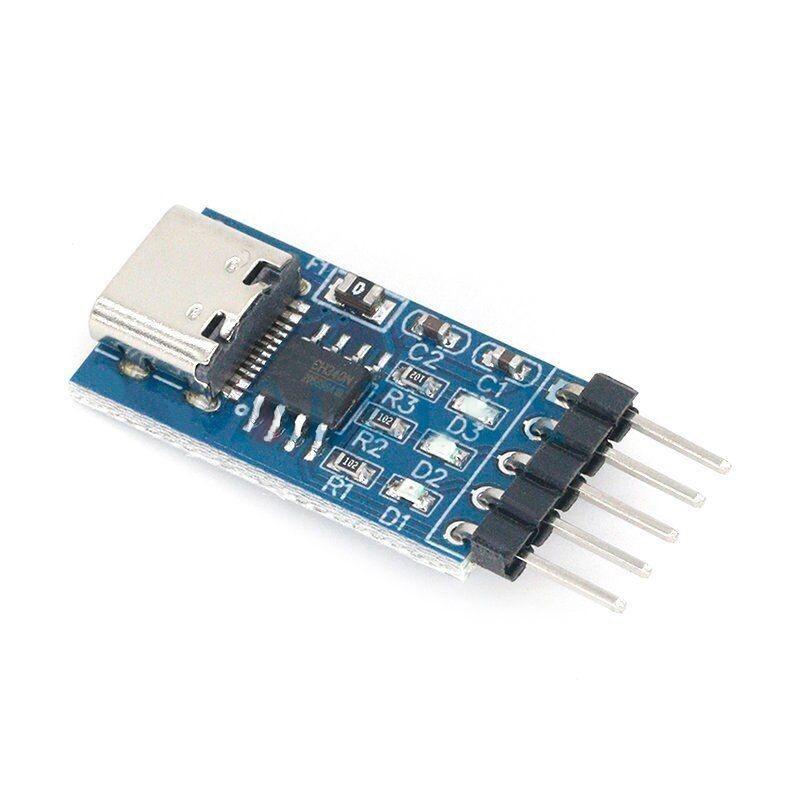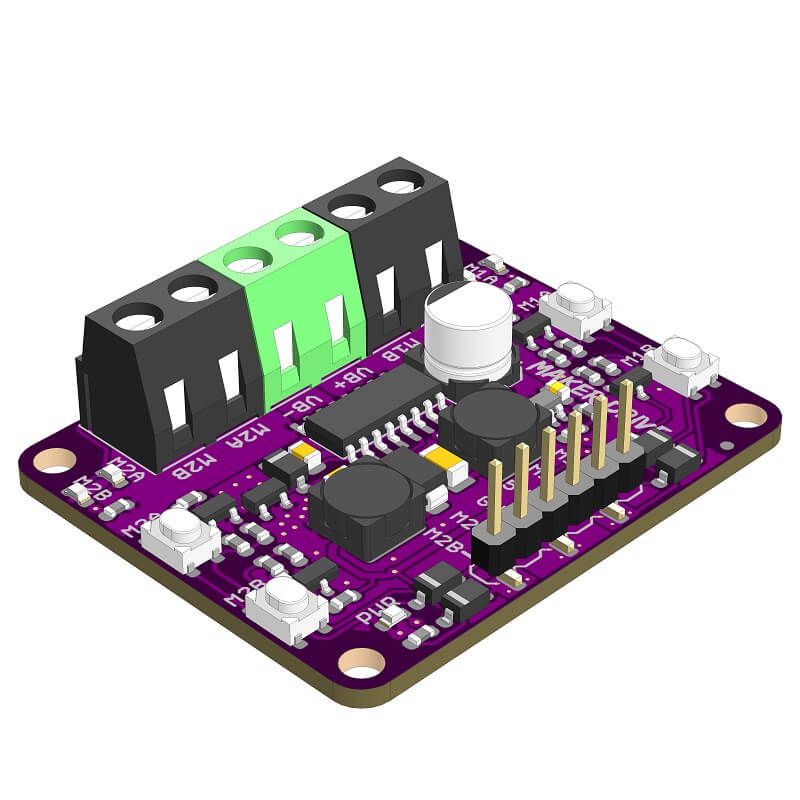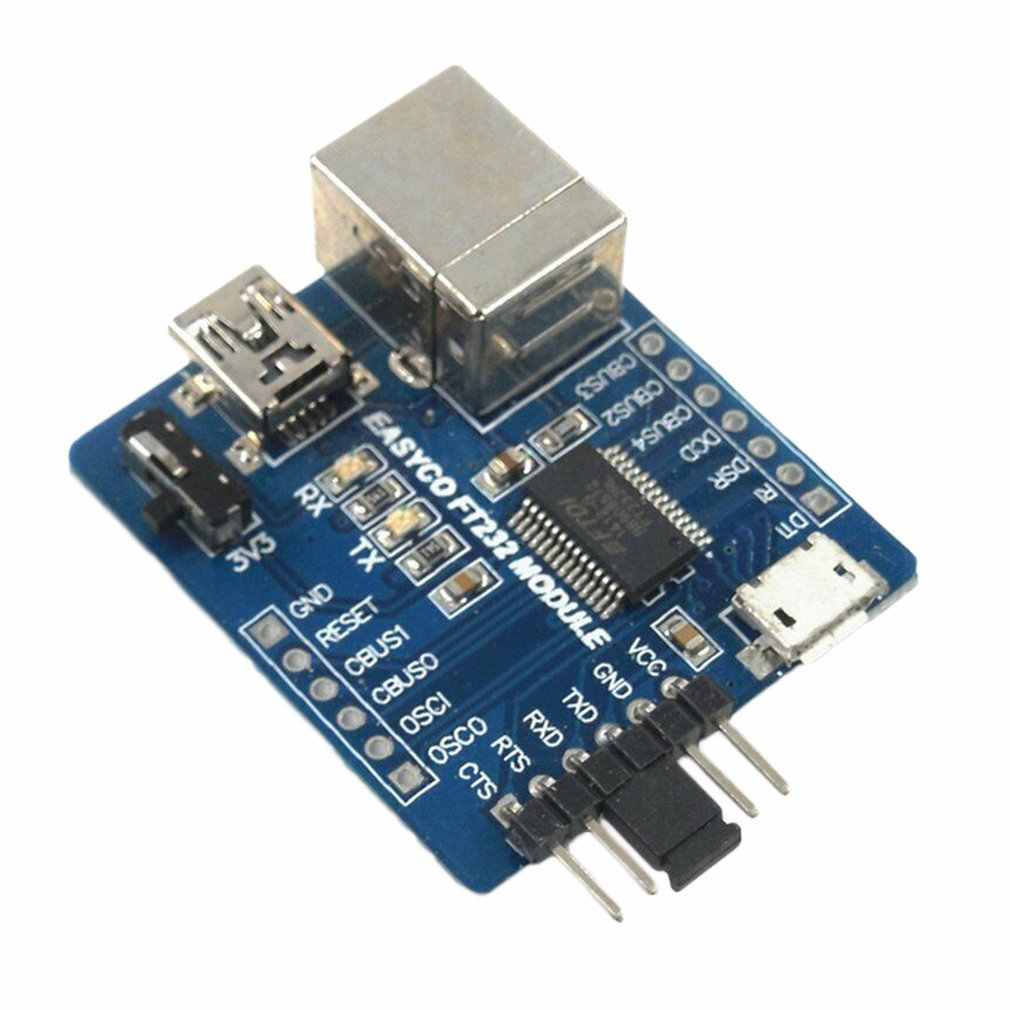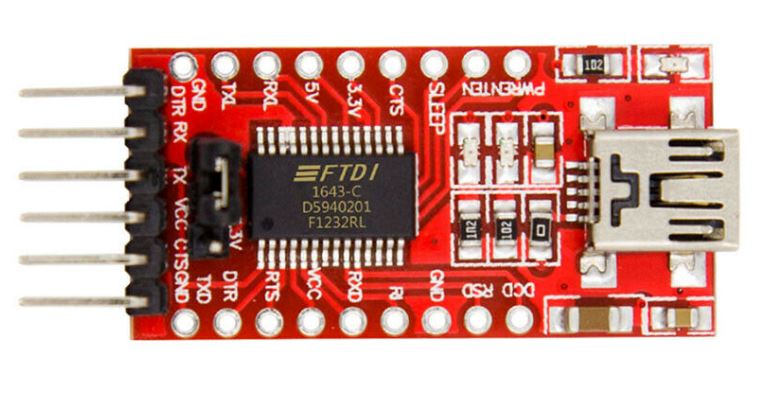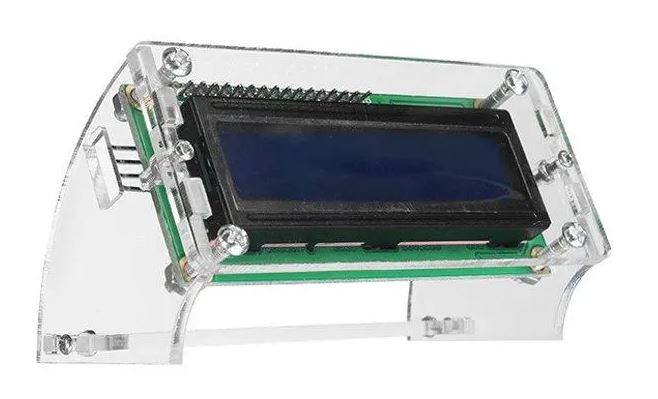Clear All
UNO R3 Proto Screw Shield V3.0
Arduino 3-Pin male headers for easy sensor Servo connection. Compatible with Arduino UNO R3 Arduino UNO. Both sides of the shield are broken out to the side of the Arduino
$12.95
4 in stock

This item: UNO R3 Proto Screw Shield V3.0
4 in stock
$12.95
$12.95
Description
Additional information
Applications
Support & Utility
Q & A
Description:
Note UNO R3 not included
UNO R3 Proto Screw Shield V3.0
- Combines the function of Arduino Screw Shield and Sensor Shield Expand all of IO interfaces.
- The terminal expansion board extends the controller out of the terminal. And the user can also stack on top.
- Plus other expansion boards. Let your project get rid of the bounds of the breadboard wiring, make the lines build up.
- In the expansion of the terminal at the same time, but also to retain the original expansion board socket.
- Compatible with Arudino UNO R3、Arudino UNO、Duemilano
- 3-Pin male headers for easy sensor/servo connection
- Size: 7.1×2.9cm/2.79*1.14″
The Screw terminal can be screwed directly to the terminal on the thread and is reliable and convenient. UNO R3 Proto Screw Shield V3.0 can be plugged into the Arduino controller. You can use this shield to save yourself from a bad port connection. Feel secure with this Arduino-compatible screw shield. Both sides of the shield are broken out to the side of the Arduino, to allow access to everything on the main Arduino board. Stacking headers are also included so you can pile more shields on top This screw shield also extend the power supply pins for the signal pins. You could directly plugin the sensors and the servos to the screw shield
What is Arduino Shield?
Arduino shields are the boards, which are plugged over the Arduino board to expand its functionalities.
For example, Ethernet shields are used to connect the Arduino board to the Internet. The pin position of the shields is similar to the Arduino boards.
Arduino
Arduino Uno SMD R3
Developer Arduino.cc
Manufacturer Arduino
Type Single-board microcontroller
Operating system None
CPU
- Atmel AVR (8-bit),
- ARM Cortex-M0+ (32-bit),
- ARM Cortex-M3 (32-bit),
- Intel Quark (x86) (32-bit)
Memory
SRAM
Storage Flash, EEPROM
Arduino is an open-source hardware and software company, project and user community that designs and manufactures single-board microcontrollers and microcontroller kits for building digital devices. Its hardware products are licensed under a CC-BY-SA license, while the software is licensed under the GNU Lesser General Public License (LGPL) or the GNU General Public License (GPL), permitting the manufacture of Arduino boards and software distribution by anyone. Arduino boards are available commercially from the official website or through authorized distributors.
Arduino board designs
Use a variety of microprocessors and controllers. The boards are equipped with sets of digital and analogue input/output (I/O) pins that may be interfaced to various expansion boards (‘shields’) or breadboards (for prototyping) and other circuits. The boards feature serial communications interfaces, including Universal Serial Bus (USB) on some models, which are also used for loading programs. The microcontrollers can be programmed using the C and C++ programming languages, using a standard API which is also known as the “Arduino language”. In addition to using traditional compiler toolchains, the Arduino project provides an integrated development environment (IDE) and a command-line tool (Arduino-CLI) developed in Go.
What year did Arduino begin?
The Arduino project began in 2005 as a tool for students at the Interaction Design Institute Ivrea in Ivrea, Italy, aiming to provide a low-cost and easy way for novices and professionals to create devices that interact with their environment using sensors and actuators. Common examples of such devices intended for beginner hobbyists include simple robots, thermostats and motion detectors.
Where did the name come from?
The name Arduino comes from a bar in Ivrea, Italy, where some of the founders of the project used to meet. The bar was named after Arduin of Ivrea, who was the margrave of the March of Ivrea and King of Italy from 1002 to 1014.
Development Resources: demo codes, schematics, datasheets, etc
Reference for Arduino and reference to all matters.
Notes:
1. There may be slight size deviations due to manual measurement, different measuring methods and tools.
2. The picture may not reflect the actual colour of the item because of different photographing light, angle and display monitor.
Other Related Products
Components Package Kit for Arduino – 06
Components Package Kit for Arduino A low-cost components starter kit which comprises the most commonly used resistor values, potentiometers, switches, LED’s and Header terminal strips.
| Weight | 0.042 kg |
|---|---|
| Dimensions | 8 × 6 × 2 cm |
Product Applications
Q & A
Ask a question
There are no questions yet


